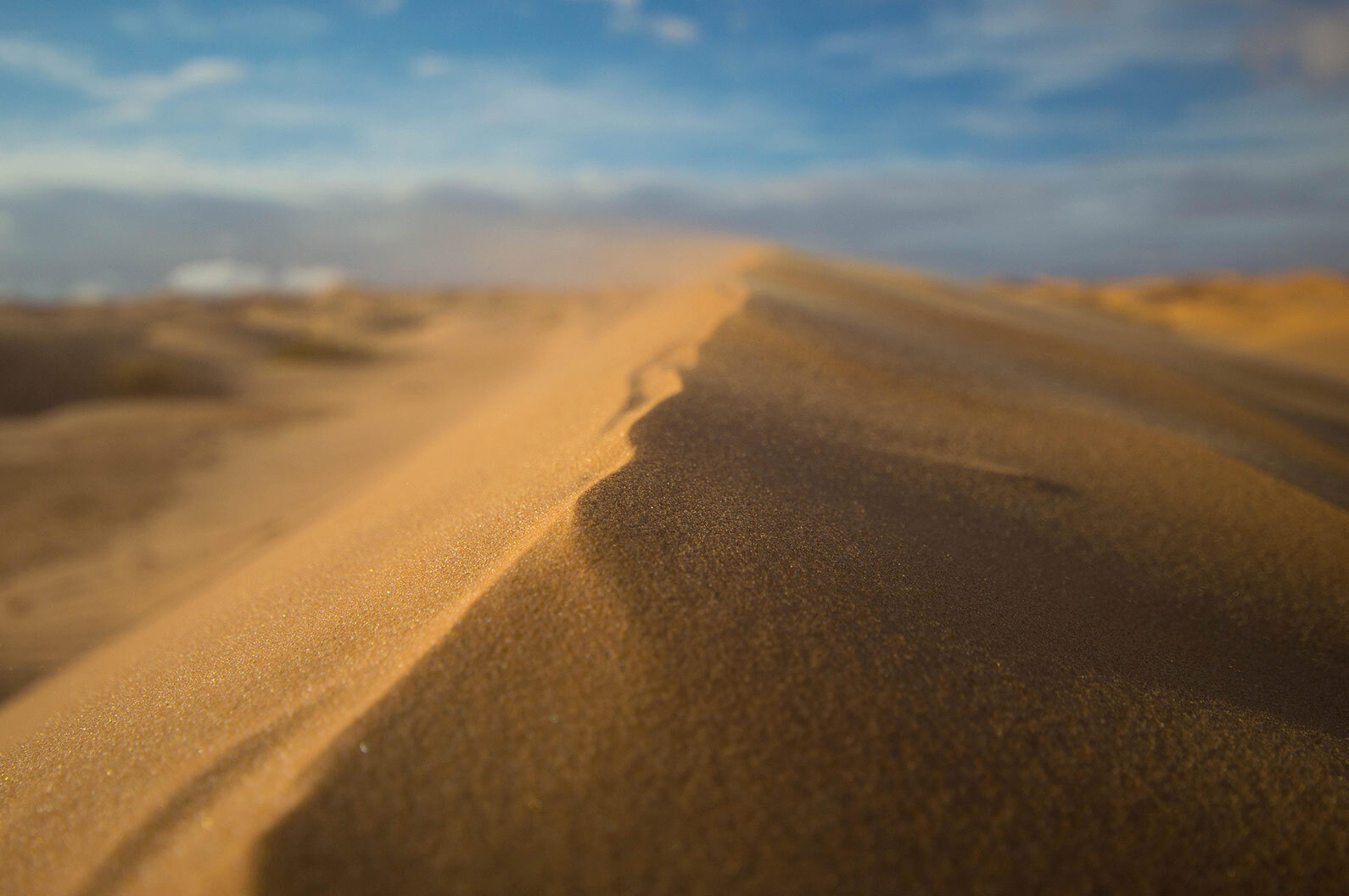Exotic Spices. Stretches of the Sahara. And Noor. Some 3000-hectares of land, lined with gleaming panels generating solar power.
That’s Morocco for y’all.
Noor Ouarzazate, the world’s largest concentrated solar farm, covers an area of approximately 3500 soccer fields. This mighty project is divided into three phases, provides power to more than 1 million homes, and aims to reduce carbon emissions by 760,000 tonnes annually.
If the filming of Gladiator didn’t put the nation on the map, this achievement sure did.
The Noor Quarzazate works on a principle called Concentrated Solar Power (CSP). Essentially, it’s a thermal system that differs from a traditional solar farm in terms of robust storage. Curved mirrors in a CSP setup concentrate radiation to heated fluid tubes. Next, this liquid is pumped into power chambers containing salt.
The melted salt stores this power for use during peak evening hours when production is low. Now isn’t that a great way to defeat the mighty duck curve!
Morocco’s Renewable Energy Strength
Renewable energy investment is not new to this sun-kissed nation. Its monarchy has always had a clear plan to forge ahead with renewable projects to make use of the country’s strategic location.
For one, Morocco is close to the Mediterranean Sea and the Atlantic Ocean. These water bodies bless the country with hot summers and humid winters – making it a haven for solar power plants.
Compared to other equatorial destinations, Morocco has one of the highest rates of solar insolation. It receives 3000 hours of sunlight a year. And the same jumps to approximately 3600 hours in the far-flung areas of the Saharan dessert.
Second, it’s a close neighbor to Europe. Hence, Morocco benefits from sharing energy concerns with a region that puts massive resources into renewable research and development. The two have often engaged in talks for grid stability, and making the most of the latter’s insolation strength.
The architectural beauty and the rich cultural heritage of Morocco attract thousands of tourists each year. Hence, an early shift towards solar power was fueled by the country’s heavy reliance on middle eastern oil imports. Thus, renewables serve to reduce this dependence, all the while keeping its tourism sector flourishing.
A solid 52% of clean power in its energy mix is the target here. Morocco is one of those countries that will enjoy a high economic resilience – a biproduct of going solar. Consequently, it is sure to expect a near smooth power transition in the post-pandemic era of new norms.




